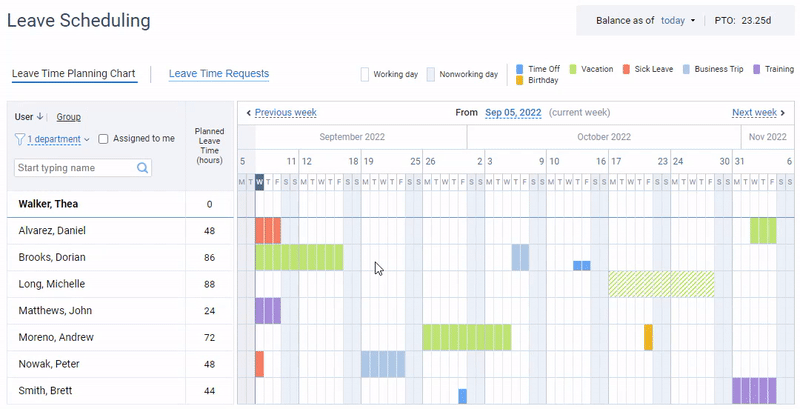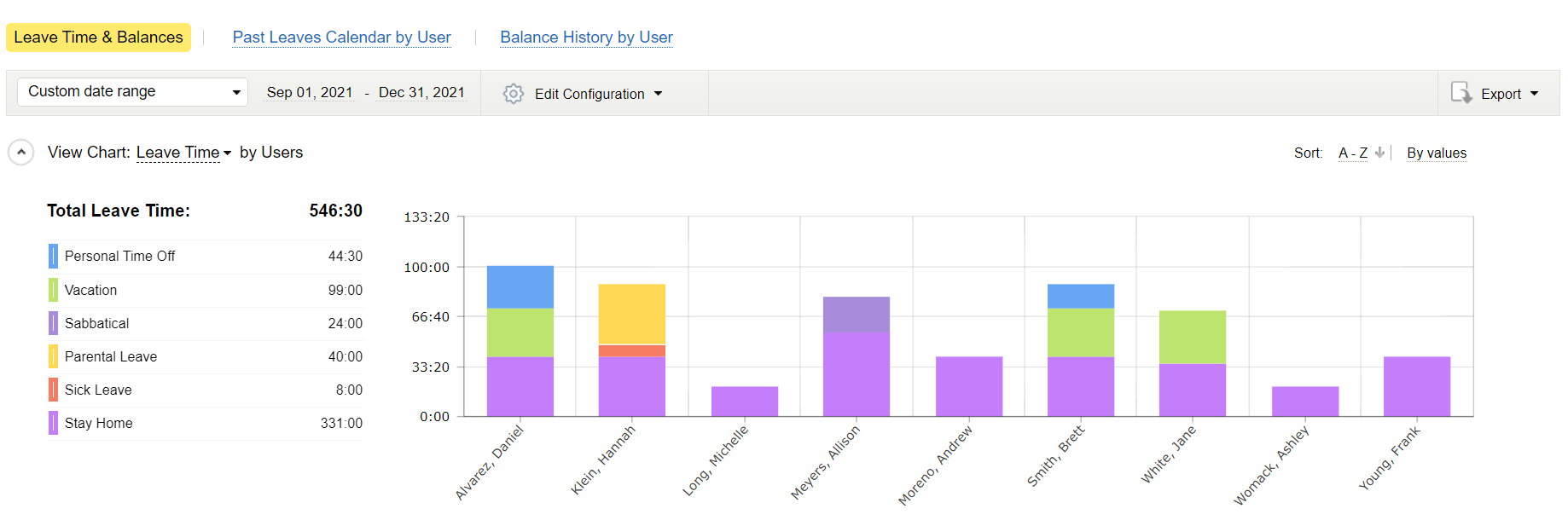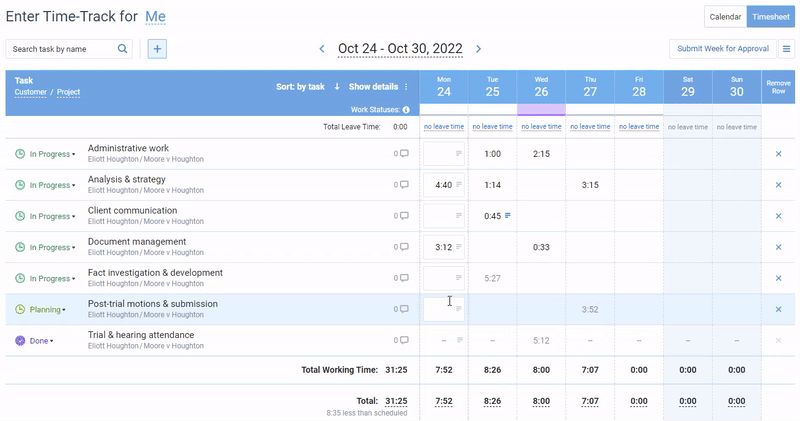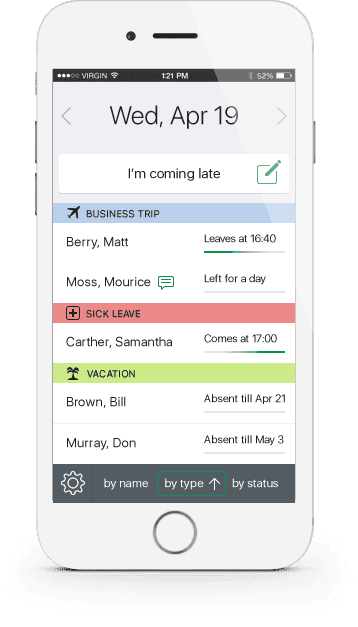Welcome to the world where the sun’s setting marks the beginning of your workday, not the end. If you’ve ever wondered what it’s like to clock in while others are winding down, or if you’re already navigating the after-hours work terrain, you’re in the right place.
Managing second and third shifts comes with its own unique challenges, and understanding these can make all the difference in your workplace and employees’ lives. So, let’s dive into the ultimate guide to mastering that afternoon and nighttime work.
What Is the Second Shift?
In the afternoon, the world is still buzzing while many of us wind down – second shifters are the ones who keep things humming smoothly. They’re the unsung heroes making sure that machines continue to hum, patients receive round-the-clock care, and customer queries are answered without a hitch.
So, what is the second shift?
It refers to employment that takes place during the late afternoon to midnight hours, often from around 3 PM to 11 PM. This shift is a vital component of industries that run on a 24-hour basis, like manufacturing, healthcare, and customer service centers.
Pros of Working Second Shifts
- Flexible morning hours: One of the greatest advantages of the second shift is having your mornings free. Whether you’re a parent needing to drop the kids at school, a student taking morning classes, or just not a morning person, those extra hours can be a game-changer.
- Less traffic stress: If you’ve ever been caught in the rush-hour grind, you know how much it can sap your energy before you even start working. Working the second shift often means avoiding peak traffic times, making your commute more relaxed and quicker.
- Higher pay: Many companies offer shift differentials, meaning you can earn more money just by working later in the day. This added bonus can be an easy way to boost your paycheck without taking on extra hours or another job.
Cons of Working Second Shifts
- Disrupts social life: Working the second shift can throw a wrench in your social plans. While your friends and family are free in the evenings, you’re just starting your workday. This mismatch can make it difficult to spend quality time with loved ones or participate in social events.
- Affects sleep patterns: Adapting to a non-traditional sleep schedule can be quite challenging. You might find yourself going to bed late and needing to sleep in when the rest of the world is up and noisy, making it harder to get those necessary hours of uninterrupted sleep.
- Limited access to services: By the time your shift ends, many services such as banks, stores, and even some healthcare facilities might be closed. This can make routine errands inconvenient and force you to squeeze them into your limited free time.
What Is the Third Shift?
The third shift is a whole different ball game compared to your typical 9-to-5. Often referred to as the graveyard shift, this shift refers to the working period that typically runs from around 11 PM to 7 AM – it’s the time slot when the night owls take over, ensuring that operations continue smoothly while the rest of the world sleeps.
Pros of Working Third Shifts
- Higher pay: Just like in the case of second shifts, companies offer shift differentials for night work. This means you could earn a higher hourly rate just for showing up when others are sleeping.
- Quiet work environment: With fewer people around, there’s generally less noise and distraction. This can lead to increased productivity and a more focused work atmosphere.
- Unique bonding experience: The smaller, dedicated team on a third shift often forms a tight-knit community. You’ll build strong relationships and camaraderie with your coworkers, which can make the work experience more enjoyable.
- Less supervision: Night shifts often come with more autonomy. Without the constant oversight from higher management, you can take more initiative and demonstrate your capability.
- Improved job opportunities: Many crucial operations need to continue around the clock, so working third shifts can make you indispensable. This experience is often valued by employers and can lead to better job security and advancement opportunities.
- Enhanced work-life balance for some: If you’re a night owl or someone who finds peak productivity during the late hours, the third shift might actually align better with your natural rhythm, allowing you to harmonize work and personal life more effectively.
Cons of Working Third Shifts
- Inconvenience: Simply put, running everyday errands becomes a hassle. Banks, government offices, and many businesses operate on a 9-to-5 schedule, making it tough to find time to get things done.
- Health risks: Since you’re working while most people sleep, your natural circadian rhythms can get all out of whack, leading to chronic fatigue and other health issues like obesity, diabetes, and cardiovascular diseases. Besides, you’re likely missing out on sunlight, which is essential for vitamin D production and overall mood elevation. Too little sunlight can contribute to depression and other mood disorders.
How Do the Second and Third Shifts Compare?
Top Challenges of Managing Second and Third Shifts
1. Promoting a healthy work-life balance in employees
Working odd hours isn’t easy. Your employees are sacrificing their evenings and nights, which can seriously mess with their social lives and rest schedules.
Chronic stress and lack of sleep from poor work-life balance can lead to burnout, high turnover rates, and health issues. Encouraging flexible schedules, providing ample breaks, and fostering a supportive work environment can mitigate these risks.
Solutions:
- Consider staggered start times: Not everyone needs to clock in at the exact same time, right? This small change can ease commuting woes and help employees better manage their personal responsibilities.
- Allow for shift swapping: Let’s face it, life happens! By enabling employees to trade shifts with their colleagues, you’re giving them control over their schedule without sacrificing productivity. Just make sure there’s an easy-to-use system in place for them to facilitate these swaps.
- Introduce part-time or split shifts: For those who can manage only a few hours at a time, splitting their shift throughout the day or night can work wonders. It provides the needed flexibility while still covering critical business needs.
- Offer remote work where feasible: If some roles allow for work-from-home options – even if it’s just for a portion of the shift or particular tasks – it can massively improve work-life balance.
- Encourage regular time off: One of the best ways to encourage employees to go on vacation is by adopting a paid time off (PTO) policy. This way, they won’t have to worry about the financial burdens of taking a break while you will reduce the risk of burnout due to fatigue and overwork.
Pro tip:
Managing time off for employees working second and third shifts can be tricky, but actiPLANS has some fantastic features that simplify the process and keep everyone on the same page.

Here’s how it gets the job done:
- Automated leave requests: With actiPLANS, requesting time off is a breeze. Employees can submit leave requests from any device, at any time, which is especially handy for those odd hours. The system automatically routes these requests to the right managers, ensuring nothing falls through the cracks.
- Visual calendar: actiPLANS features an intuitive absence calendar showing who’s available and who’s not. It gives managers a clear picture of team availability, making it easier to schedule shifts and avoid understaffing. Plus, employees can see when their colleagues are taking time off, which betters teamwork and coverage planning.
- Detailed reporting: Keeping track of time off trends is crucial for planning and budgeting. actiPLANS offers detailed reports that help managers spot patterns and identify areas that require adjustment. Whether it’s understanding peak leave times or managing accruals, these insights are invaluable.

The above actiPLANS features keep the wheels turning smoothly for shift workers, making time off management less of a headache and more of a streamlined process.
Sign up for a free 30-day trial to explore them in action yourself.
2. Addressing fatigue and safety issues
Fatigue can easily set in when employees have to work through the night, and tired folks are more prone to mistakes – not exactly a great scenario if we’re talking about operating heavy machinery or handling critical data.
Addressing these issues head-on isn’t just about keeping workers awake – it’s about ensuring their overall well-being. Things like better lighting, flexible shift scheduling, and more frequent breaks can keep everyone sharp and alert.
Solutions:
- Promote a culture of downtime with activities: Create a culture that promotes taking breaks. Host virtual coffee breaks or midnight yoga sessions. This not only aids relaxation but also makes time off fun and a chance to socialize.
- Ensure adequate lighting in the workplace: Bright, well-lit environments can help employees stay alert and reduce drowsiness. For instance, consider using blue-enriched light bulbs during night shifts as they are known to improve alertness and performance.
- Control overtime: Less overtime work means a lower risk of fatigue and burnout. Plus, by limiting overtime hours among employees, you can reduce staff-related costs and save your budget.
Pro tip:
actiTIME makes it easier to keep track of everyone’s time and avoid burnout. With its help, employees can effortlessly log their work hours, and managers get a clear view of who is nearing their limit. This means you can step in with proactive scheduling tweaks, ensuring that no one is overworked.

See actiTIME in action during a free 30-day trial.
3. Preventing scheduling conflicts
Scheduling second and third shifts comes with a unique blend of logistical and personal challenges:
- As a rule, unconventional work hours tend to attract a diverse group of workers, each with their own unique needs and constraints, whether it’s balancing school, another job, or family responsibilities.
- Then, there’s the matter of ensuring adequate coverage while also accommodating everyone’s preferred shifts – easier said than done when you’re working with a smaller pool of employees compared to the first shift.
Juggling all these elements while ensuring that everyone gets their fair share of work-life balance? It’s no small feat! But, when you get it right, everyone’s productivity and morale can skyrocket, making the effort well worth it.
Solution:
- Use a rotation system: For example, if John works the second shift this week, he should switch to the third shift next week. This not only keeps things fair but also prevents burnout by mixing up the routine.
- Consider employee preferences: Encourage employees to submit their availability well in advance and try to honor their preferences as much as possible. This way, you mitigate last-minute changes that often lead to conflicts. Suppose Sally has a night class on Wednesdays and prefers the second shift for those nights. Accommodating these preferences can make your employees happier and your schedule more robust.
- Have a backup plan: Make a list of part-time or on-call staff who can fill in if someone calls out sick or has an emergency. This way, you’re prepared for the unexpected, and your regular employees won’t feel the pinch too much.
- Keep it clear: Set up a shared digital calendar or a scheduling app where everyone can see their shifts and any changes in real time. This way, nobody gets left in the dark.
Pro tip:
Juggling schedules for the night owls and early birds is hard, but actiPLANS swoops in to save the day (or night)!
It lets you map out schedules with a clear, visual calendar, making it super easy to spot any potential conflicts before they become real problems.
Moreover, with real-time email notifications and the mobile app, everyone stays in the loop, which is key to a smooth and harmonious workflow around the clock.

Conclusion
Embracing second and third shifts offers a unique set of opportunities and challenges that can be navigated successfully with the right tools and mindset. By implementing strategies to optimize productivity, maintain work-life balance, and address employees’ health concerns, shift work can become not only manageable but rewarding.
Ready to take your shift scheduling and leave tracking to the next level? Give actiPLANS a try! With its intuitive visual timeline, handy automation, and mobile app, scheduling shifts and managing time off has never been easier.
Don’t let the logistics of shift work hold you back – embrace the flexibility and convenience that come with using actiPLANS.



